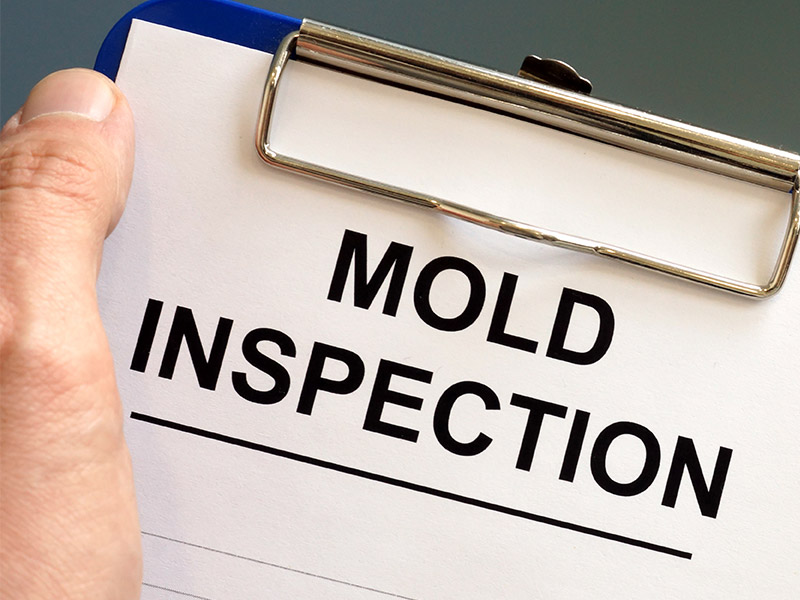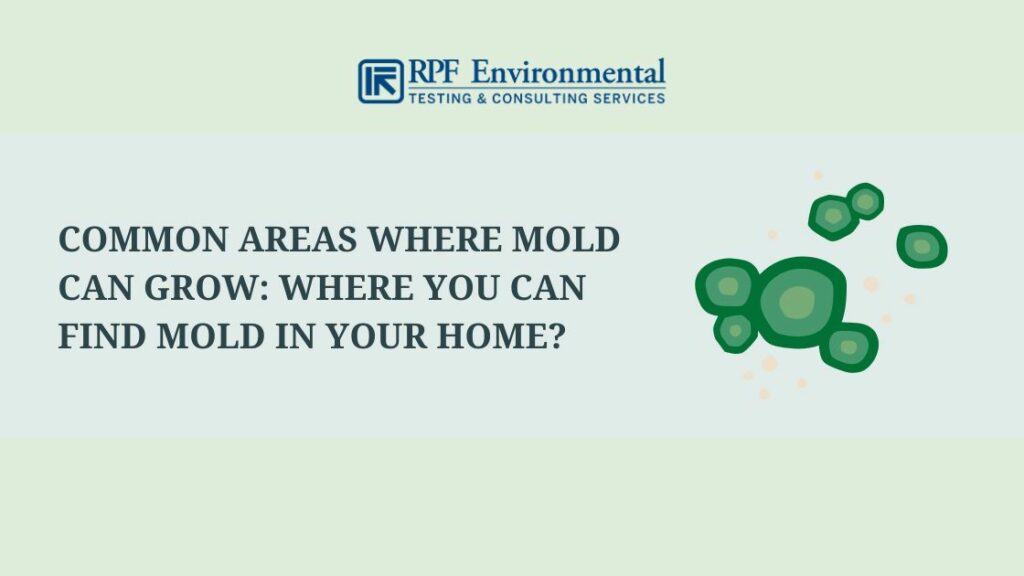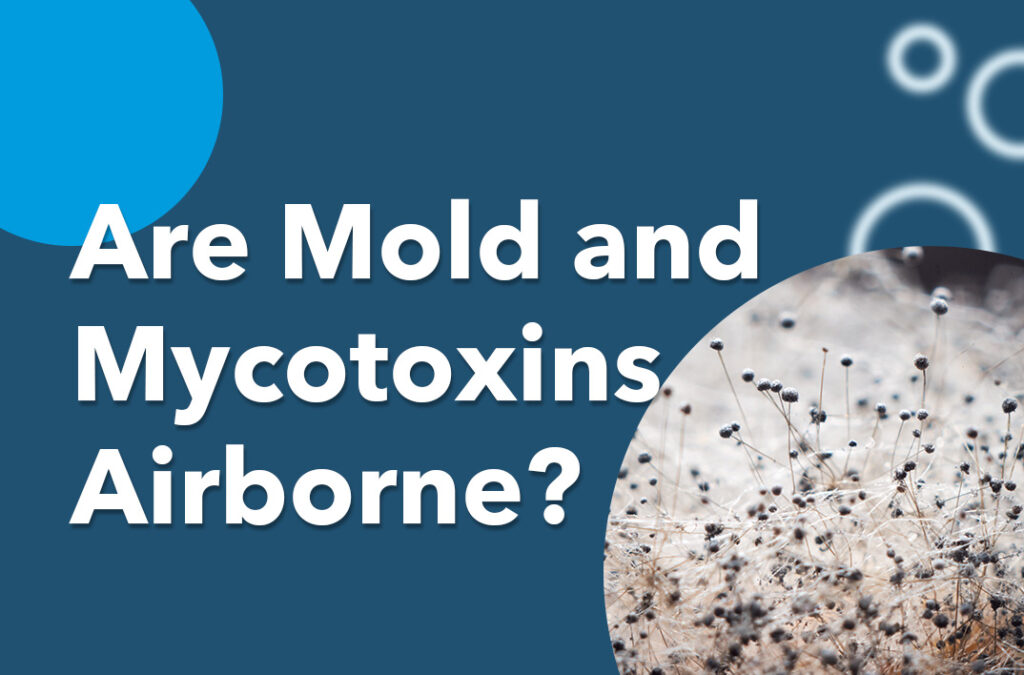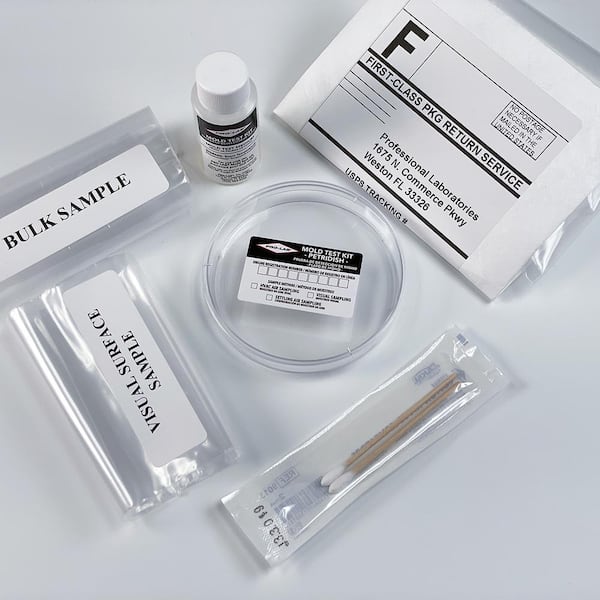Optimize Your Compliance with Trusted Mycotoxin testing Services Solutions
Optimize Your Compliance with Trusted Mycotoxin testing Services Solutions
Blog Article
Why Mycotoxin Testing Services Are Crucial for Protecting Public Health
The significance of mycotoxin testing services in protecting public health and wellness can not be overstated. Mycotoxins, toxic substances produced by fungi, present severe wellness dangers such as liver damages and cancer cells when existing in food and feed.
Recognizing Mycotoxins
Comprehending mycotoxins is vital for guaranteeing food safety and security and shielding public health. Mycotoxins are poisonous substances created by specific sorts of fungi, generally discovered in food and feed plants. These fungis can proliferate in a selection of conditions, specifically in warm and moist environments, resulting in contamination throughout pre-harvest, storage space, or handling stages. The most widespread mycotoxins include aflatoxins, ochratoxin A, fumonisins, and trichothecenes, each with distinct chemical frameworks and toxicological residential properties.
The presence of mycotoxins in foods can compromise their safety and security and quality. They are immune to traditional food processing methods, thereby continuing the food supply chain and posing prospective threats. Regulative bodies worldwide, such as the Food and Farming Company (FAO) and the Globe Health Company (THAT), have set strict restrictions on acceptable levels of mycotoxins in foodstuff to alleviate their adverse results.
Effective mycotoxin management involves extensive surveillance and screening to find and quantify their levels in farming items. This proactive technique aids in recognizing polluted sets early, consequently preventing their intro into the market. Executing stringent mycotoxin controls is necessary for keeping food safety criteria and protecting customer wellness.
Wellness Risks of Mycotoxins

Direct exposure to mycotoxins poses considerable wellness risks to both animals and human beings, requiring alert surveillance and control measures. These poisonous additional metabolites, produced by certain fungis, can contaminate food and feed, resulting in persistent and intense wellness concerns. In people, mycotoxins such as ochratoxins, aflatoxins, and fumonisins can create a variety of unfavorable effects, including liver damages, kidney toxicity, immune suppression, and also cancer causing effects. As an example, aflatoxins have been classified as Group 1 carcinogens by the International Firm for Research Study on Cancer (IARC), indicating a proven link to liver cancer.

Provided these severe health effects, it is essential to execute durable mycotoxin screening procedures. Precise detection and metrology of mycotoxins in food and feed are necessary to mitigate wellness threats and ensure animal and public safety.
Common Sources of Contamination

Along with cereals, nuts such as peanuts, dig this almonds, and pistachios are extremely vulnerable to mycotoxin contamination. Aflatoxins, a powerful type of mycotoxin, are typically discovered in these nuts, specifically when storage space conditions are suboptimal. Dried fruits, consisting of apricots, figs, and raisins, additionally present fertile premises for fungal growth due to their high sugar material and moisture-retaining buildings.
Additionally, contamination is not restricted to raw farming products. Processed foods, pet feeds, and milk products can also have mycotoxins if the preliminary components were contaminated. This expands the risk of direct exposure throughout the food supply chain, demanding strict tracking and control measures.
Comprehending the usual resources of mycotoxin contamination is critical for implementing efficient preventative methods. Minimizing these risks at the resource can considerably lower the incidence of mycotoxin-related health and wellness issues, safeguarding public wellness.
Examining Methods and Procedures
Advanced analytical methods are utilized to detect and evaluate mycotoxins in various substratums, making sure public wellness safety. High-Performance Fluid Chromatography (HPLC) combined with mass spectrometry (MS) is a gold requirement in mycotoxin screening, delivering high sensitivity and specificity.
Another commonly made use of technique is Enzyme-Linked Immunosorbent Assay (ELISA), which offers quick screening and is cost-effective for big sample volumes - Mycotoxin testing Services. ELISA kits are advantageous due to their ease of use and quick turn-around time, making them ideal for on-site screening
Tasting methods are similarly important. Proper sampling makes certain that the accumulated specimens are depictive of the whole set, therefore lessening the threat of false downsides or positives. Adherence to developed standards, such as those offered by the International Company for Standardization (ISO) and the European Committee for Standardization (CEN), is necessary for keeping consistency and dependability across screening techniques.
Strenuous recognition of these methods and methods is crucial. It ensures reproducibility and accuracy, thereby strengthening the integrity of mycotoxin monitoring systems.

Advantages of Regular Examining
In the world of food safety and agricultural quality assurance, the advantages of regular mycotoxin testing can not be overstated. Consistent testing guarantees that farming items meet safety he has a good point and security criteria, thereby securing customers from the damaging results of mycotoxins, which consist of liver damages, immune suppression, and also cancer cells. By identifying infected sets early, normal screening enables prompt intervention, avoiding such products from Your Domain Name going into the food chain.
Moreover, regular mycotoxin screening is pivotal for maintaining the honesty and track record of food producers and providers. Firms that devote to routine testing demonstrate their dedication to public health and wellness and food safety, therefore acquiring customer count on and loyalty. This positive technique can also minimize monetary losses connected with item recalls, legal obligations, and prospective trade restrictions.
Normal mycotoxin testing guarantees adherence to global and national standards, facilitating smooth trade operations and market gain access to. Ultimately, regular mycotoxin screening not only shields public health but likewise fortifies the economic security and worldwide competitiveness of the agricultural field.
Verdict
Mycotoxin screening services play a vital function in public health defense by determining and reducing the risks presented by poisonous fungal compounds in food and feed. By spotting contamination early, these services stop major health concerns such as liver damage and cancer, ensuring conformity with regulative requirements. Regular screening boosts customer trust fund, supports the stability of the agricultural industry, and inevitably adds to the safeguarding of food safety and public health.
The relevance of mycotoxin screening services in protecting public health can not be overemphasized.Understanding mycotoxins is important for making sure food safety and security and securing public wellness. Mycotoxin testing Services. Regulative bodies worldwide, such as the Food and Farming Company (FAO) and the World Wellness Organization (THAT), have actually set rigid limits on acceptable degrees of mycotoxins in food products to reduce their damaging results
Ultimately, routine mycotoxin testing not only shields public health however additionally fortifies the economic stability and worldwide competitiveness of the agricultural field.
Mycotoxin testing services play a critical role in public health and wellness security by recognizing and reducing the risks postured by harmful fungal compounds in food and feed.
Report this page